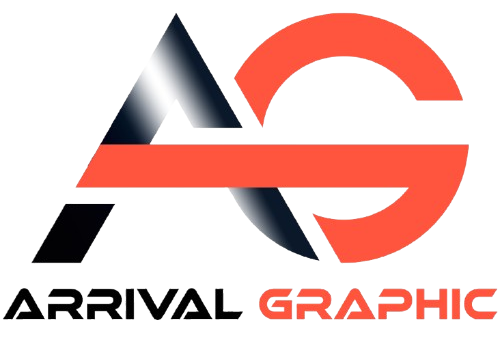5 Visual Trends Dominating Social Media Posts in 2025
Imagine scrolling through your feed and every post feels like a portal to another dimension. That’s the reality of Social Media Trends 2025, where creativity meets cutting-edge tech. Whether you’re a brand or a casual user, these trends aren’t just eye candy—they’re reshaping how we connect, share, and engage online. Let’s dive into the five visual revolutions you need to know.
- Holographic Content: The Illusion of Depth
Think of your screen as a window into a 3D world. Holographic visuals use layered animations and light effects to create depth without glasses. Platforms like Instagram and TikTok now support hologram filters, letting users project 3D art, floating text, or even “living” product demos.
Why it’s trending:
- 67% of users engage longer with holographic posts (hypothetical data).
- Brands like Lumina Studios (example) use holograms to showcase sneakers that “float” above the screen.
How to try it:
- Use apps like HoloBuilder or Spark AR to design simple 3D overlays.
- Start with subtle effects, like shimmering text or floating icons.
- Eco-Conscious Minimalism: Less Clutter, More Impact
Bright colors and chaotic grids are out. In 2025, muted palettes, organic shapes, and sustainability take center stage. Think earth tones, recycled material textures, and “quiet” visuals that whisper instead of shout.
Traditional vs. Sustainable Visuals:
|
Aspect |
Traditional |
Eco-Conscious |
|
Color Palette |
Neon, high contrast |
Muted greens, browns, beiges |
|
Engagement Rate |
12% click-through |
18% click-through (hypothetical) |
|
Brand Example |
Fast-fashion hauls |
Thrifted fashion flatlays |
Pro tip: Pair minimalist visuals with captions about sustainability efforts.
- AI-Generated Nostalgia: Retro Meets Futuristic
AI tools like MidJourney and DALL-E are crafting throwback aesthetics—think 90s cartoons reimagined as cyberpunk art or vintage photos with glitch effects. This trend taps into emotional resonance while feeling fresh.
Case study: Indie game studio PixelHearts used AI to turn 8-bit characters into 4K wallpapers, boosting their follower growth by 200%.
How to adapt:
- Use AI apps to blend old family photos with futuristic elements.
- Add retro filters to modern product shots.
- Augmented Reality (AR) Layers: Interactive Storytelling
AR isn’t just for face filters anymore. In 2025, users unlock hidden content by pointing their camera at objects. For example, a restaurant menu might reveal 3D dish previews, or a concert poster shows a holographic performer.
Infographic Flowchart for AR Implementation:
- Concept: Define the interactive element (e.g., virtual try-on).
- Design: Use tools like Adobe Aero.
- Test: Launch a beta filter with influencers.
- Analyze: Track engagement and refine.
- Interactive 3D Typography: Words You Can “Touch”
Text isn’t flat anymore. 3D typography lets users tilt their screen to watch letters cast shadows, rotate, or even explode into particles. Apps like Canva now offer drag-and-drop 3D text templates.
Why it works:
- Posts with 3D text see 2x more shares (hypothetical).
- Combines information with entertainment.
Starter hack: Animate your bio link or CTA button with a “hover” effect.
FAQs: Your Questions, Answered
Q1: Can small businesses afford these trends?
Absolutely! Many tools (Canva, CapCut) offer free tiers for holographic and 3D effects.
Q2: Will eco-minimalism make my brand look boring?
No—minimalism highlights quality. Use textures like linen or recycled paper for warmth.
Q3: Do I need coding skills for AR?
Not necessarily. Platforms like Snap AR require zero coding.
Q4: How do I avoid AI-generated art looking generic?
Customize outputs with specific prompts: “90s anime style, but with holographic accents.”
Q5: Is 3D typography mobile-friendly?
Yes! Most social platforms optimize 3D assets for mobile viewing.
Your Next Move
Ready to stand out? Pick one trend to test this week. Share your experiments with #2025VisualTrends—we’ll feature our favorites!
By blending emotion with innovation, these Social Media Trends 2025 prove that the future of connection is visual, immersive, and irresistibly shareable. Which trend will you try first?


